How To Make Your Audience Love You: 3 Steps To Sing With Emotion
When you sing with emotion, you’re using one of the most powerful tools you have as a performer. Not only is it an incredible method of expression, it will also make your audience fall in love with you. It always surprises me that so many singers skip this powerful step.
In this post, we’ll dive into why singing with emotion is so impactful and three easy steps to develop this skill.
What Happens When You Sing With Emotion
Singing with emotion achieves a few things in your performance:
1. Your audience is captivated. When you sing with emotion, everyone watching you is completely engaged by what you’re doing. That’s because you’re having a real moment that is personal to you. And you’re expressing that emotion with others who can also relate to that feeling.
2. Your nerves go away. And here’s why: your brain doesn’t have the ability to multitask. It physically can’t. So when you’re so focused on one thing, it doesn’t allow your body to be nervous. Instead, you’re focused on telling your story.
3. You’re more authentic. Singing with emotion feels like you wrote the song yourself. It gives you the innate ability to phrase the lyrics and the melody with your own style. It allows you a channel to express yourself.
Here’s how you can learn to sing with emotion in three steps:
First, choose a song to practice. I recommend choosing one that is deeply personal. A deeply personal song will be easier to practice and master this technique.
Step 1: Identify the circumstances of the song and the emotions of the singer
This step is all about going inside the head of the artist who wrote the song. Your goal in this step is to identify with full detail the circumstances and the emotion of the song.
Look at the lyrics, listen to the melody; and answer the following questions about the song:
Pro Tip: Take notes. As you go through these steps, write down your answers using either a pen and paper, or a blank note on your device. The process of writing things down helps you learn.
- What is going on in the song? Think about the circumstances of the song; who is involved, what takes place, what time of day, etc. Paint a clear picture in your mind of what is happening.
- How does the singer feel about what’s going on? Identify the emotions the singer is feeling as they sing the song. The emotions might even vary from the beginning of the song to the end. Identify what those feelings are.
- Who is the song talking to? It’s important to be specific in this step. Give a face to the person you imagine. It’s easier to connect to the song emotionally when you think about an actual person. As for songs that seem introspective, it’s still important to sing to an actual person. Instead of singing to yourself, you might imagine you’re singing to a best friend or a mentor—someone you’d share something deeply personal with.
- What does the singer want? Identify the primary goal of the person singing. The “want” you identify should be something that can actually happen by the end of the song (though it doesn’t necessarily need to happen by the end of the song). The important part is to know what it is the singer cares about so deeply.
Step 2: Relate to the emotions of the song
Now you’re going to look at your own life.
Think about a time when you felt the same way as the emotion of that song. Then answer the following questions in detail:
- What was happening in your life?
- How did you feel about what was happening?
- Who was involved in your situation?
- What did you want as a result?
Note: This part is not about relating to the same circumstance as the singer in the song. It’s about relating to the same emotion they are experiencing. You do not need to experience the same circumstance as someone to feel the same way they felt.
Spend some time thinking about this moment in your life.
Step 3: Connect what you identified in the song with how you related to the emotions in the song
Once you have the first two steps figured out, it’s time to connect them together.
To do this, you need to relax—both your body and mind.
This is a crucial step of the process. It’s probably also the trickiest part. Some people find it easier to focus on relaxing the mind first, then the body. Others find it easier to relax the body first, then relax the mind. I recommend finding which one works best for you.
When your mind wanders, take a breath and bring your attention back to that relaxed state.
Then, emotionally time-travel back to that moment in your life that you related to in step two. Tap into all your senses. What do you feel?
When I learned this technique in acting school, for any scene that required portraying abandonment or even betrayal, I thought of the moment I realized my cat had passed away. I would go back to this moment, tap into my own emotions, and was able to authentically express what I was feeling in the actual moment.
The result: I could perform whatever I needed to perform as long as I tapped into something real that I had already experienced that connected emotionally to the piece I was performing.
You might want to use an item that reminds you of that time in your life as a trigger to really help you go back to that moment.
For example, when I was connecting to the feelings of abandonment and betrayal I felt when my cat passed away, I would hold onto her collar or a picture of her, and I was instantly transported back to that moment.
After taking some time to feel, begin to talk out loud to yourself. Tell yourself the story of what happened to you.
Then, the moment you feel connected to your own story, start to sing your song. Even if your story isn’t finished.
When you first start practicing this technique, you’ll find that you might only stay connected emotionally for a few moments of the song. Or for the duration of the chorus. This is normal when you’re first starting to go deeper emotionally in your singing.
This might be the first time you approach songs using this technique. It will take time and practice to really perform from an authentic place.
Make sure to stay emotionally connected to your circumstances when you’re singing.
Move Your Audience With Authenticity

When you sing with emotion, it’s like the lyrics become your words. Even though you’re singing someone else’s lyrics, you’re really telling your story.
You’re also opening the channel for your audience to connect to the song as well.
Music has the ability to move us in deep and profound ways—when emotion is being conveyed in the song. Mastering singing with emotion will profoundly elevate your performances.
When a singer performs without emotion, the result is underwhelming. The audience is left wanting something more. You know how when you’re sick with a cold, your food doesn’t seem to taste as good as it usually does? It’s like, you KNOW the food is good, but something’s missing.
Singing without emotion is just like that; it’s missing something you so deeply desire.
Your favorite singer isn’t your favorite singer because of how well they sing. They’re your favorite singer because they’re connecting their emotions to the song in a powerful way.
You, too, can achieve a more powerful performance and make audiences fall in love with you by using these three steps to sing with emotion.
Bonus Tip: Practice Healthy Vocal Techniques To Sing More Authentically
The more you improve your vocal technique, the better you’ll become at singing with emotion. That’s because you will build the muscle memory required to sing ANY song you want with excellence. So instead of focusing on your technique, you’re able to be in the moment of the story you’re telling as you sing your song. (Remember, our brains cannot multitask!)
Beefing up your technique enables you to do more with your voice than you thought possible.
For example, learning healthy vocal techniques allow you to sing in your FULL range. And when you’re able to sing in your full range, you’re able to express the emotions of the song in a much more powerful and dynamic way.
To practice any artistic element of your singing, you need your voice to always be there for you. Make sure your vocal habits are supporting your singing and not putting you in danger.
Download my Vocal Health Tips cheat sheet below for a quick guide into the do’s and don’ts of healthy singing.

Vocal Health Tips [FREE GUIDE]



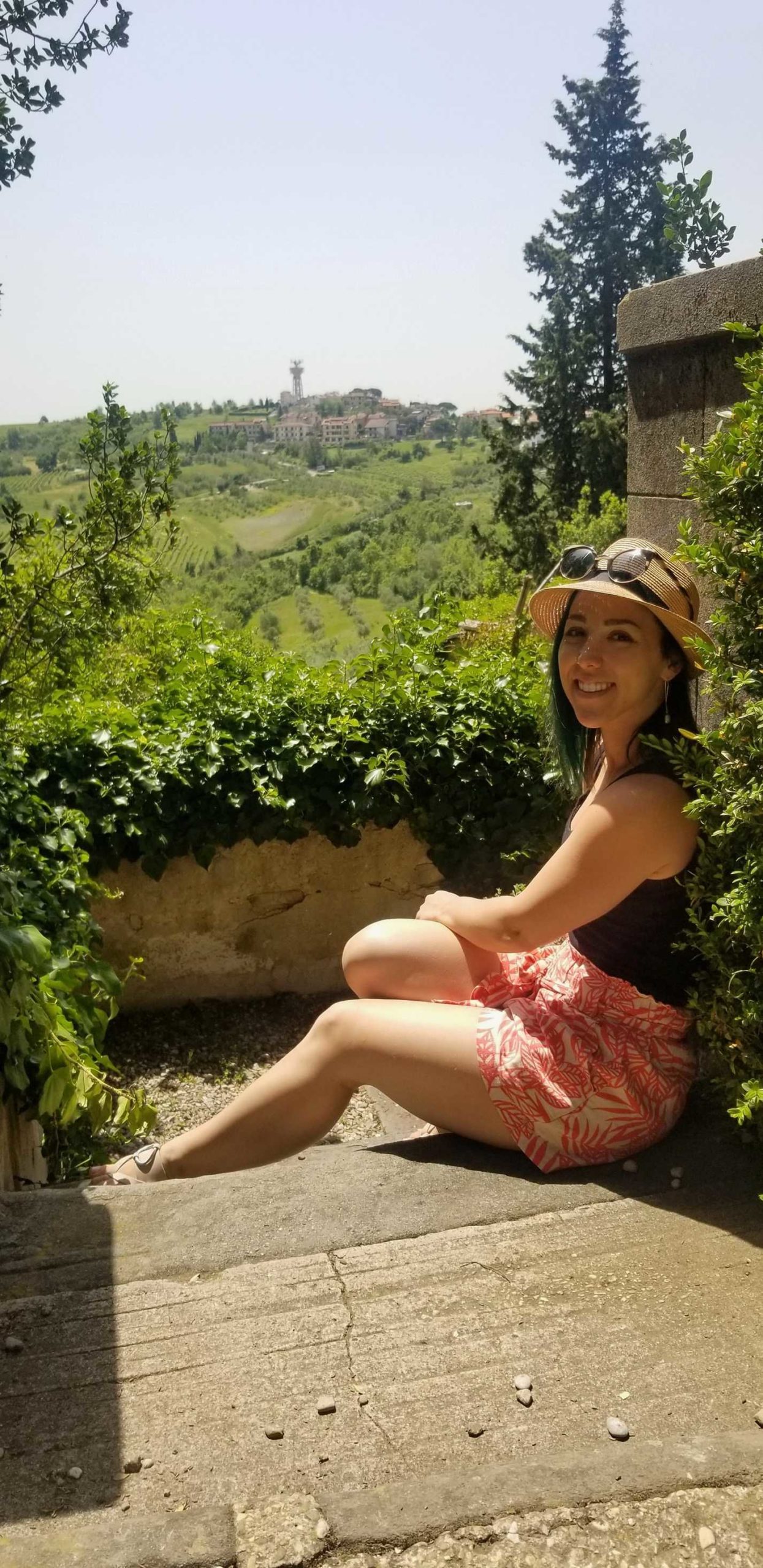
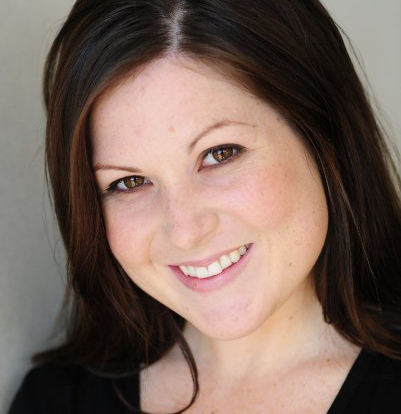


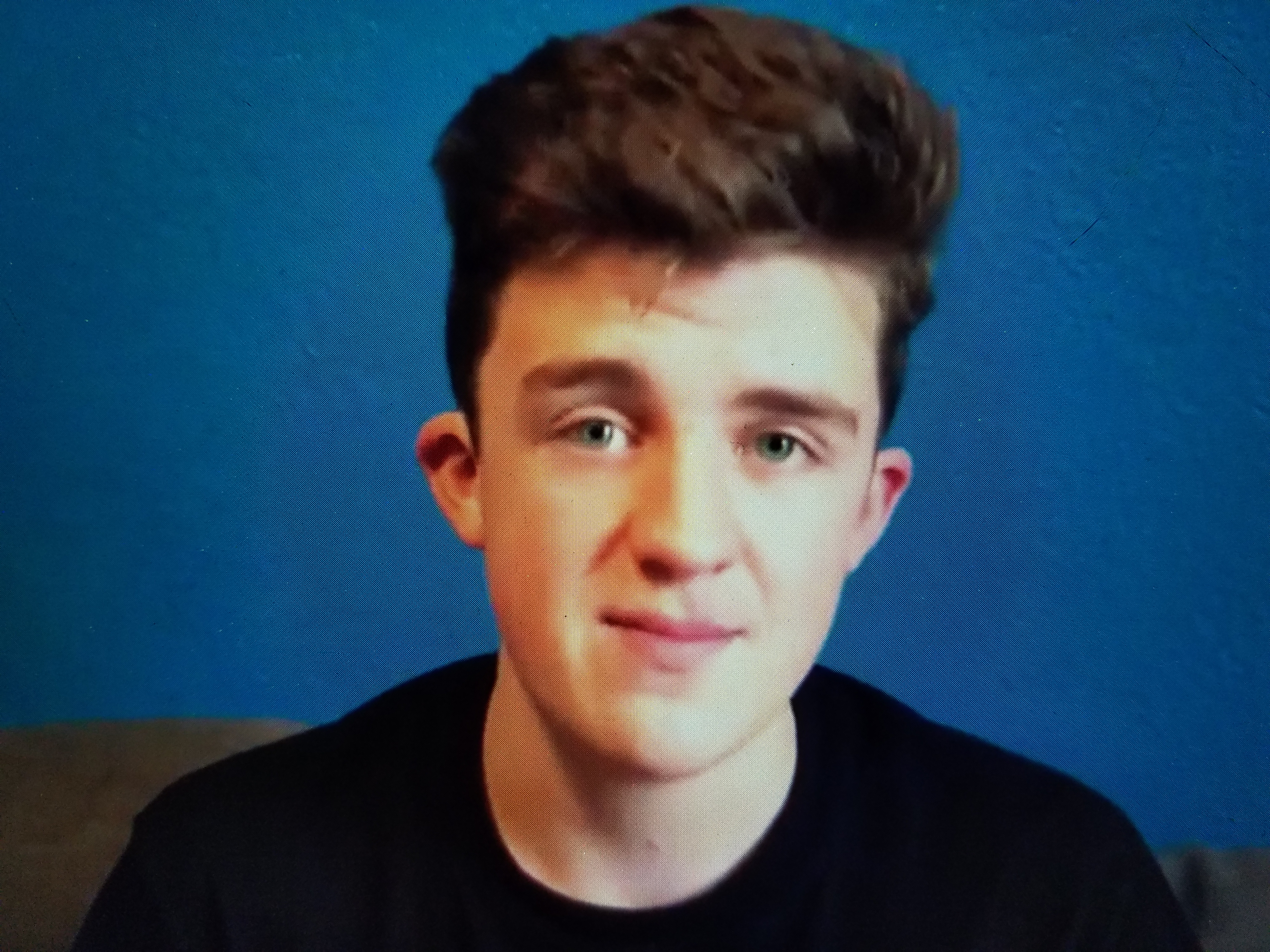
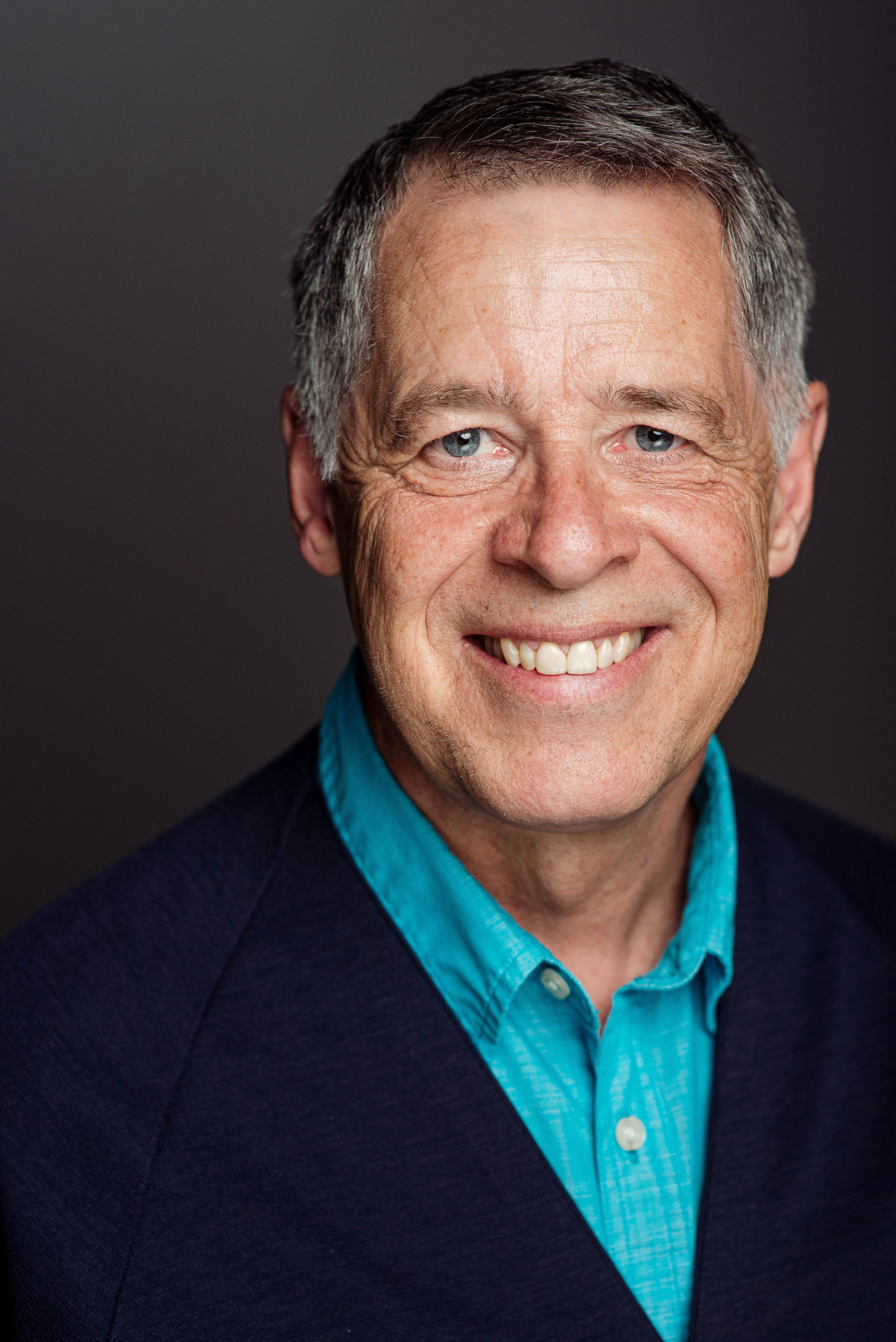



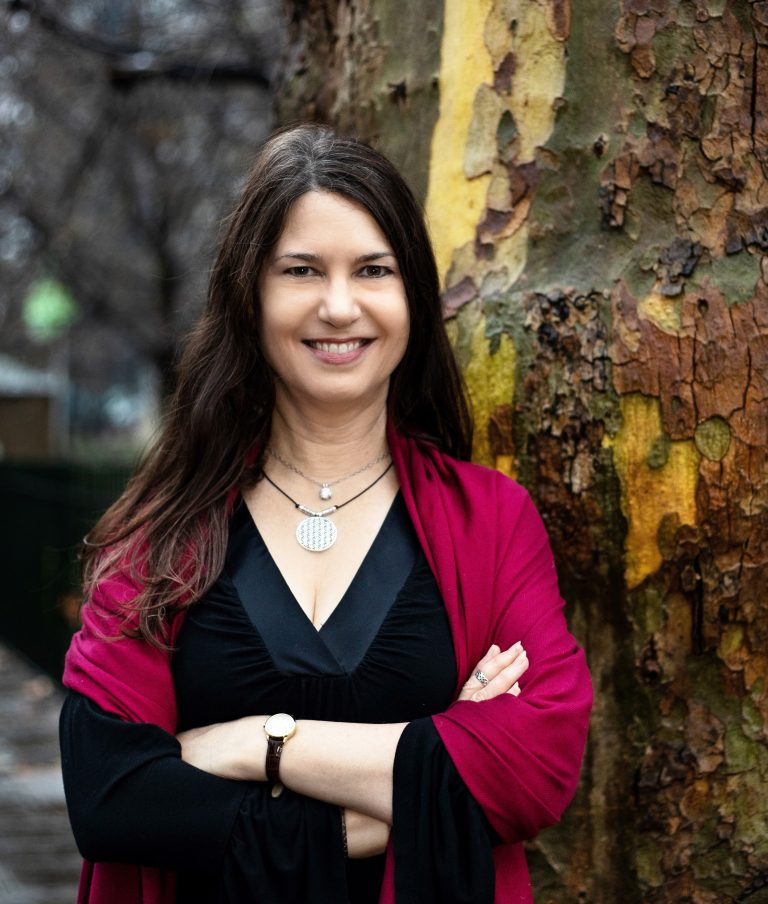




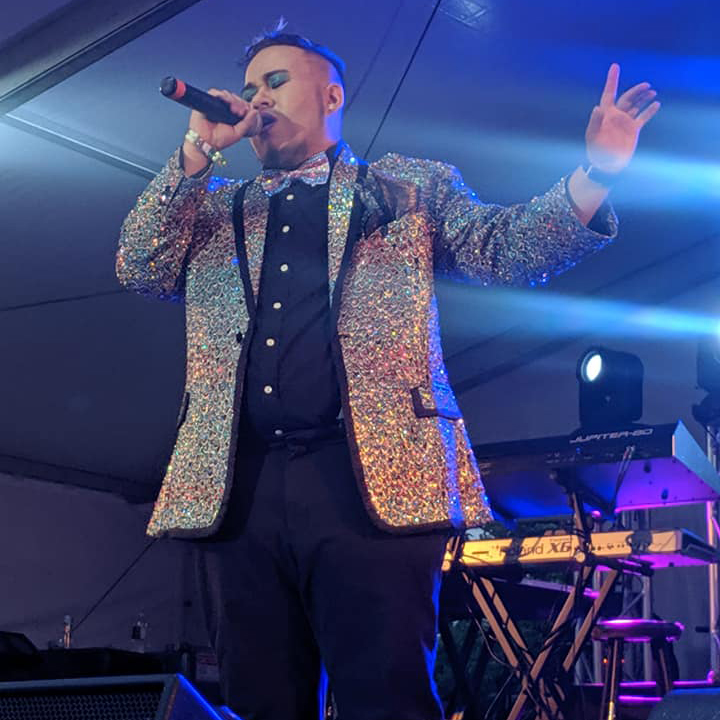

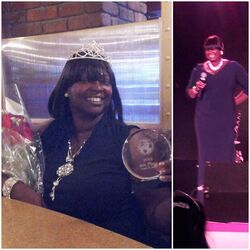
Have a question or something to say? You'll hear back from me right away!